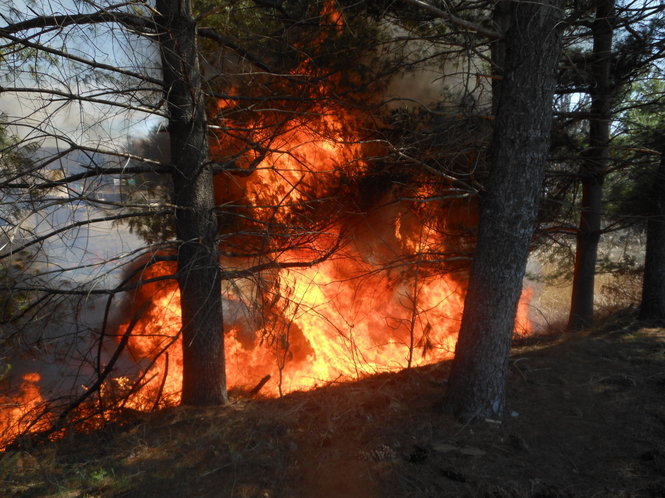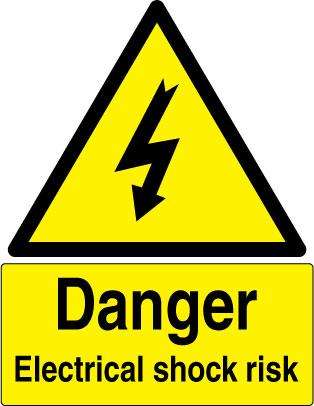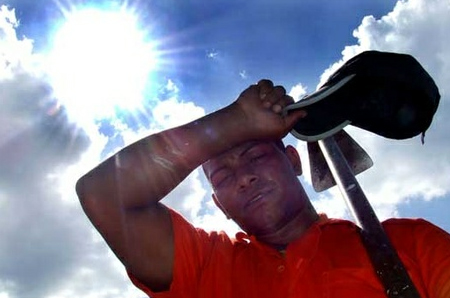by Will Wenrich
Most New Jersey residents only think of a forest fire as something that exists on TV. The reality is, New Jersey’s pine barren forests are one of the most fire prone environments. With all eyes on fire activity in the West and Alaska, New Jersey has still experienced 728 fires with 1484.5 acres burned as of August 23rd, 2015. It is important for homeowners to understand the risk despite the perceived danger.
Environmental Health and Safety Blog | EHSWire
Fundamentals of Electricity
- There must be a completed path (circuit) stemming from and returning to the power source (battery, transformer) in order for electricity to flow.
- Electrical current has the ability to flow through humans and other conductors, such as earth, metals and concrete.
- Insulators are resistant the flow of electricity. Insulating materials are used to create electrical work gloves and are used to coat copper conducting wires. Insulators help shield individuals from coming into contact with flowing electricity.
- Even when there is not electricity flowing through receptacle, there is still “potential” electricity in the receptor that can cause shock.
Outbreak Causes NYC to Adopt ASHRAE Legionella Standard
Posted by Shivi Kakar
With 12 confirmed dead and more than 120 cases as a result of legionellosis of disease, New York City Council on Friday adopted legislation that requires adherence to section of ASHRAE’s just published Legionella standard.
Read MoreBetween 2007-2001, U.S. fire departments responded to an estimated annual average of 47,820 reported home structure fires involving electrical failure or malfunction.
Read MoreSusceptibility to temperature-related disease may differ widely between individuals. When confronted with warm conditions for many days, individuals become gradually acclimatized. Physical improvements in blood vessels along with perspiration work to dissipate body heat more effectively. In working conditions where the heat index is large, special precautions are needed to protect un-acclimatized individuals while they acclimatize to the conditions. These precautions are especially important during the first couple days on the job.
Develop a heat acclimatization program and plans that promote individuals to work continuously at a sustainable rate during times of high heat. With working with new employees or workers who have recently taken prolonged time off from work, each individual must start with 20% of a normal work load for the first day. Each of the following days after the first, the employee is allowed to receive a work increase is no more than 20% daily. When weather patterns lead to a quick change into excessively hot weather, all workers, including very experienced ones, should work at 50% of the normal work load in the first day of the heat wave, increasing to 60% on the second day, 80% on the third day and 100% by the fourth day. Complete acclimation may take up to two weeks for some employees. Acclimation time can change depending on an individual’s susceptibility for heat illness, medications they are taking, medical limitations, or the heat intensity of the environment they work in. Read MoreWork/Rest Schedules Are Important to Combat Heat Stress
Posted by Shivi Kakar
The risks of heat stress are increased when working and being exposed to heat for lengthy intervals throughout a day. To combat these risks, employees should, whenever possible, spread their workload evenly throughout the day, incorporating work/rest cycles. These cycles provide a workers body with the chance to expel extra heat, reduce interior body heat, slow down their heart rate, and increase higher blood flow towards the skin.
Read MoreIt is important that worksite emergency procedures are clearly listed for all employees and that adequate information is listed on how to moderate hot weather emergencies.
Read MoreFireworks are a part of most Independence Day celebrations around the country, but it is important to remember that fireworks can be dangerous, often causing serious burn and eye injuries.
Read More











